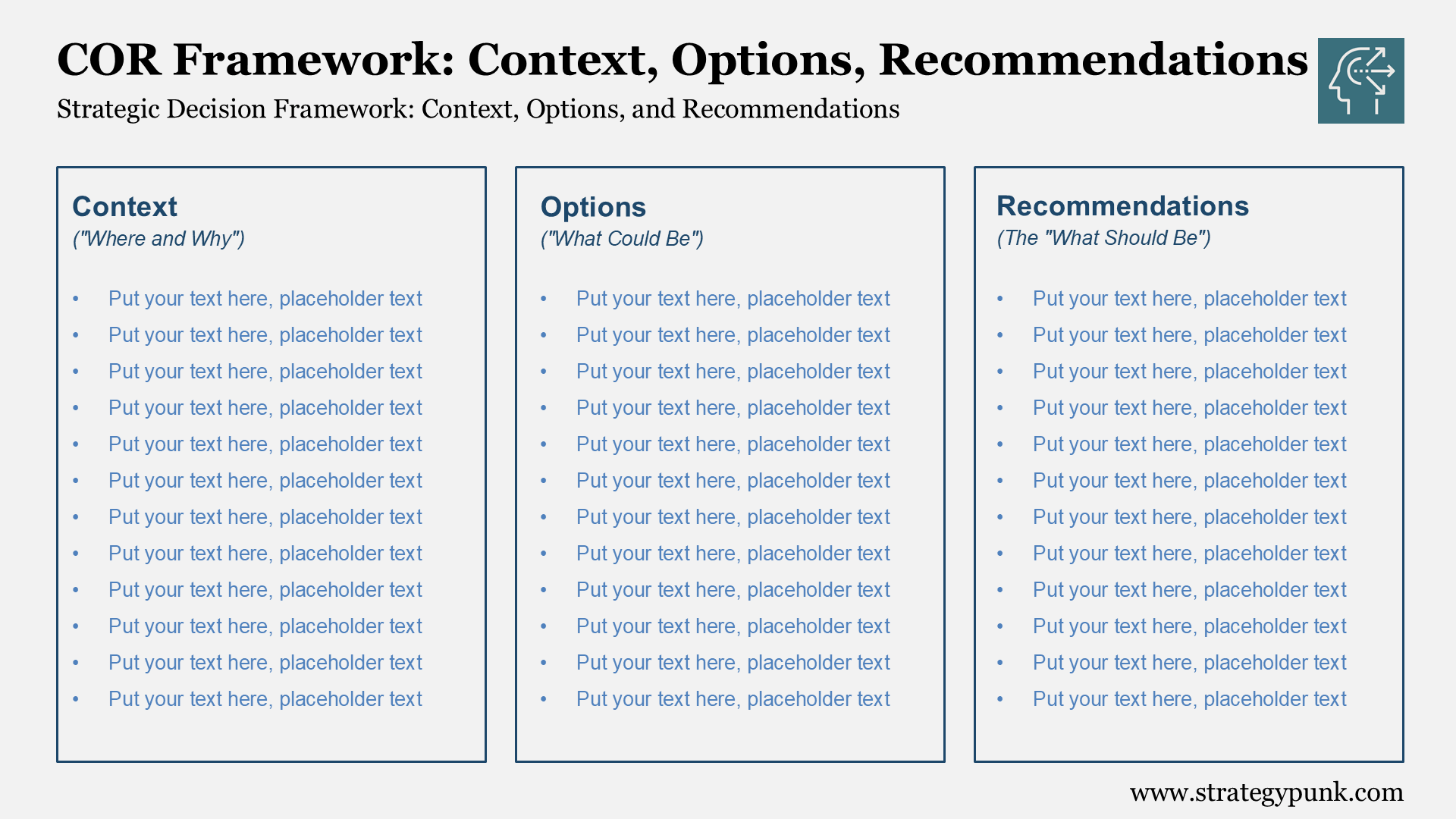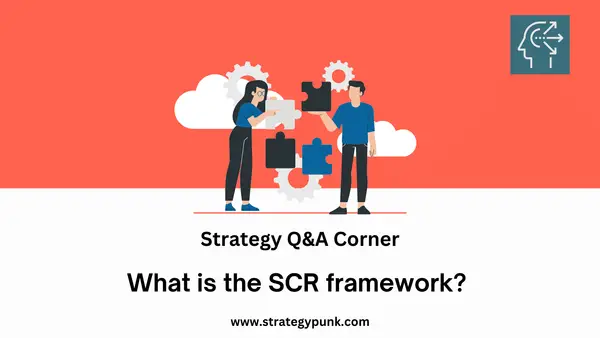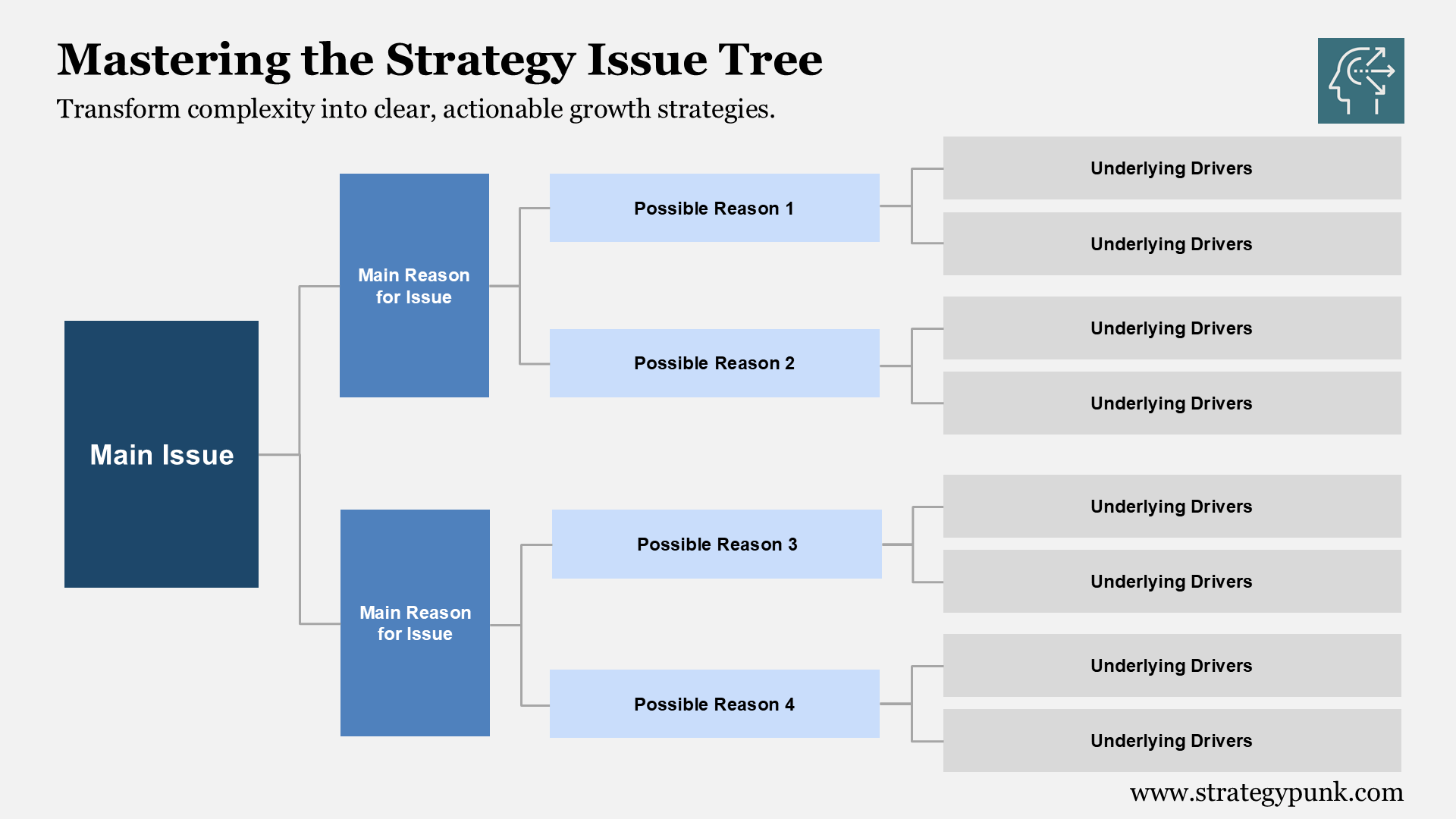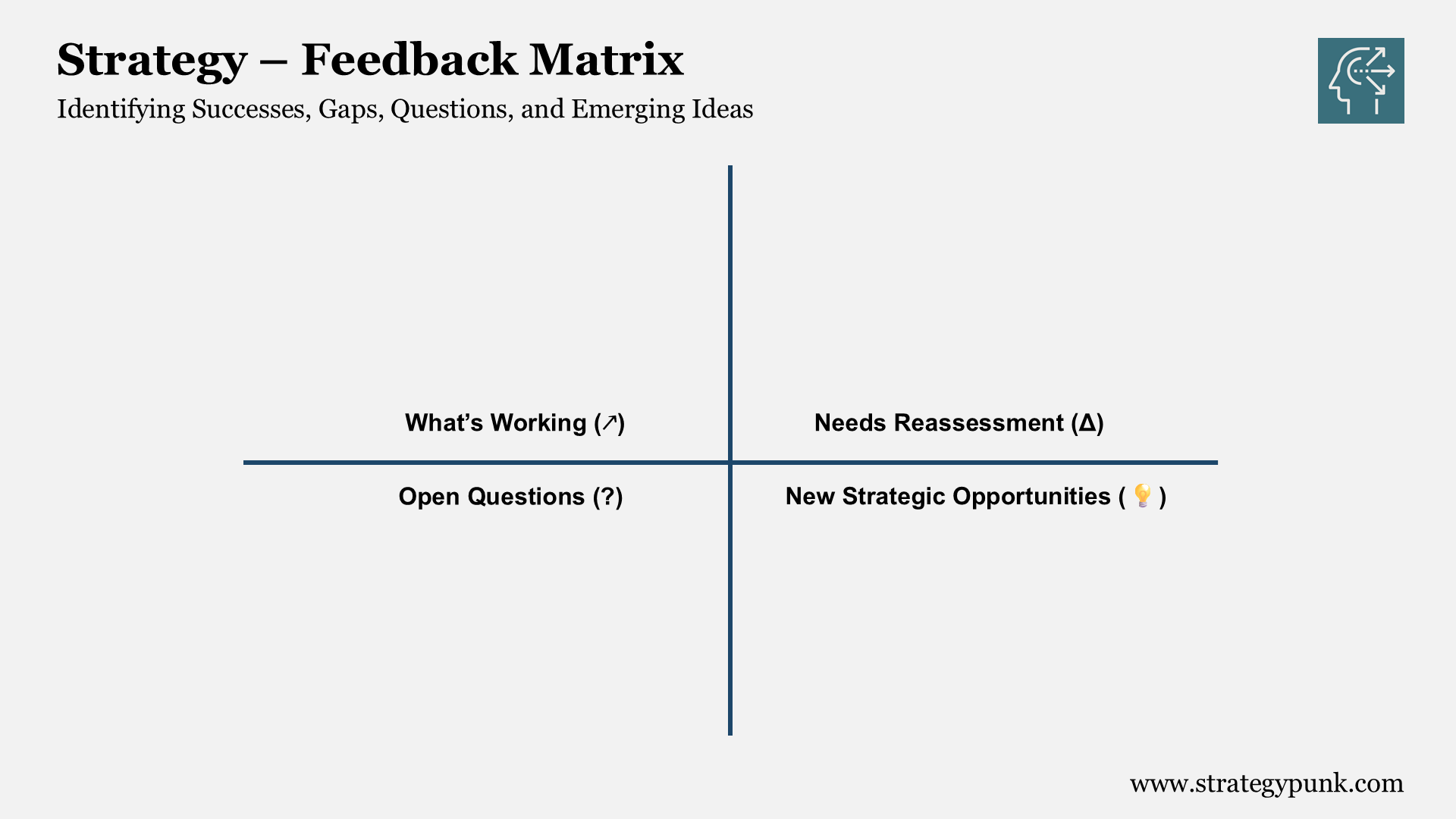The Power of Putting Others First: Real-Life Servant Leadership Examples
Servant leadership, a philosophy emphasizing service over authority, has been exemplified by figures like Ms. Rodriguez in education, Herb Kelleher at Southwest Airlines, Howard Schultz at Starbucks, Eunice Kennedy Shriver in non-profits, and Nelson Mandela in politics.
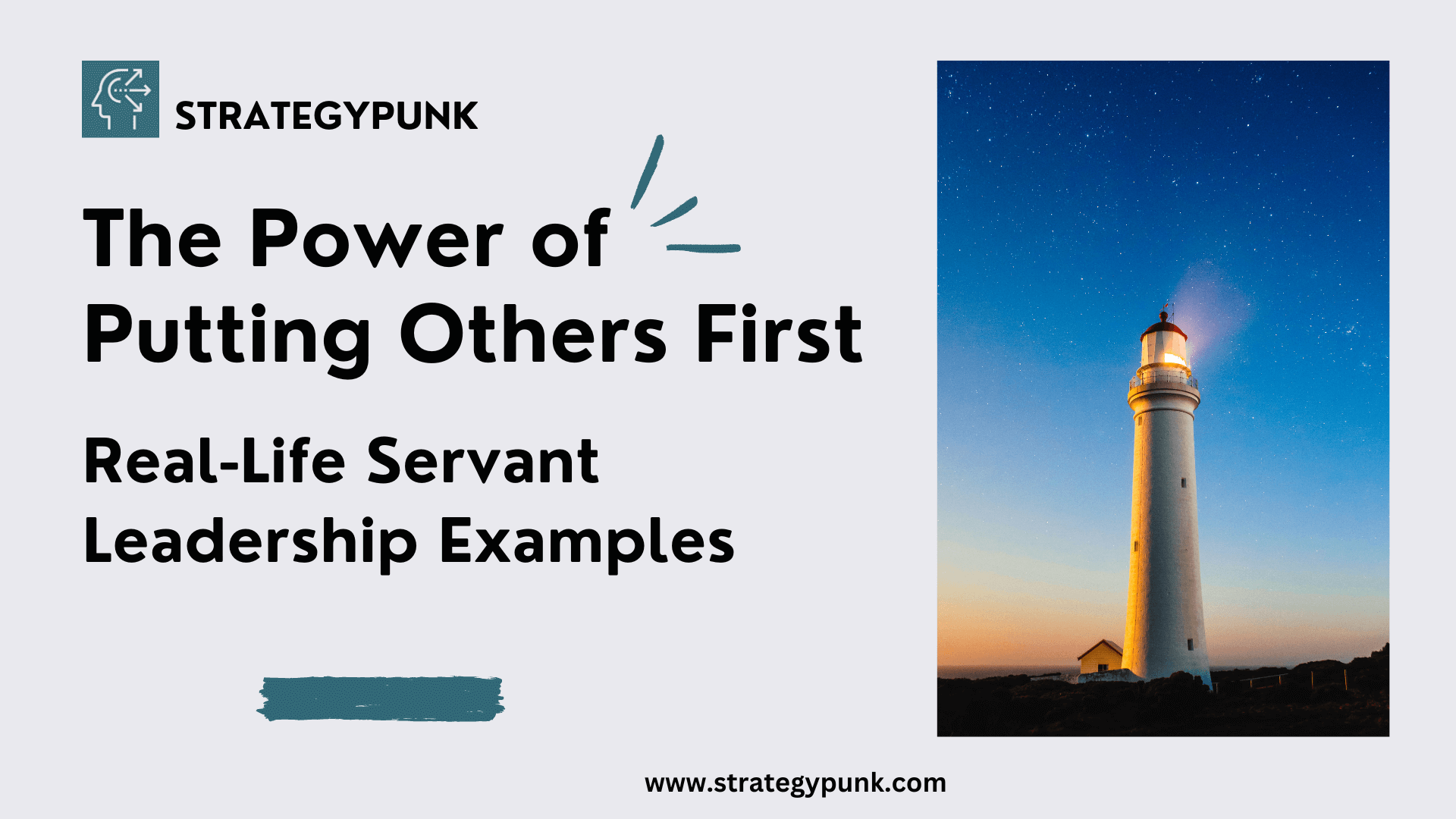
Servant leadership is a leadership philosophy in which the leader's primary goal is to serve. This is different from traditional leadership, where the leader's primary focus is on the thriving of their company or organization (see also Servant vs. Traditional Leadership: A Comparative Framework).
A servant-leader focuses primarily on the growth and well-being of people and the communities to which they belong.

Introduction
The world has witnessed countless leadership styles, from autocratic rule to transformational influence.
Yet, one model has quietly yet persistently made its mark - servant leadership.
By placing service before authority, it reshapes institutions globally. Dive in as we unpack prime examples across varied fields.
Historical and Theoretical Background
Coined by Robert K. Greenleaf in 1970, the term "servant leadership" suggested a leader should primarily be a servant.
Leaders foster empowerment and engagement by ensuring the highest priority needs of others are met.
This philosophy is built upon ten fundamental principles: Listening, Empathy, Healing, Awareness, Persuasion, Conceptualization, Foresight, Stewardship, Commitment to the growth of people, and Building Community.
What is Servant Leadership: Framework, 10 Principles, and Benefits (Plus FREE Template)
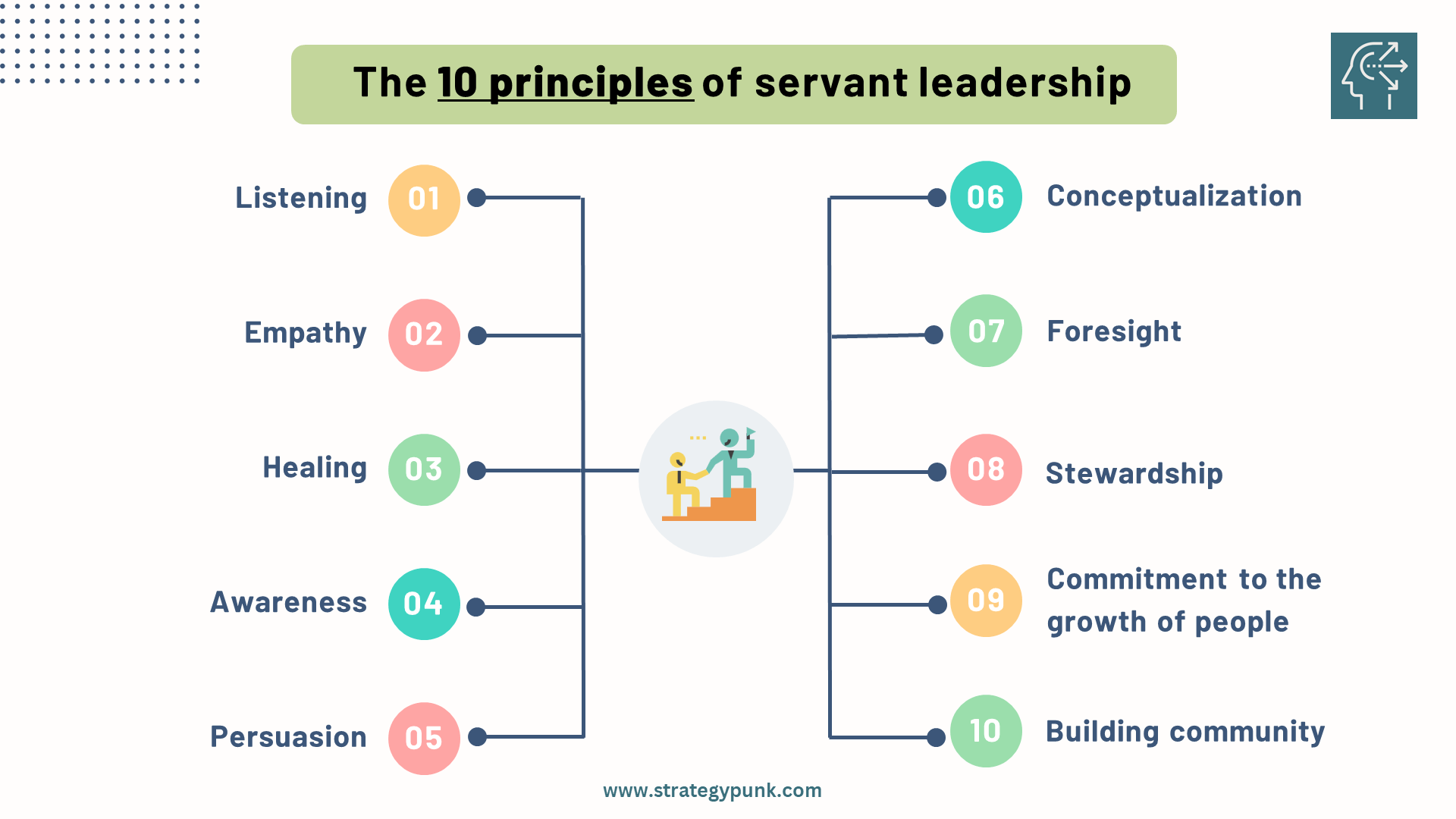
Servant Leadership in Education: Ms. Rodriguez
In the bustling corridors of John Adams High, Ms. Rodriguez witnessed a dwindling spirit. Both students and staff seemed disconnected.
Challenge
Diminishing student engagement and plummeting staff morale.
Approach
- Active Listening: She initiated one-on-one meetings with teachers, group sessions with students, and open forums with parents.
- Empathy: Rodriguez regularly acknowledged challenges faced by both staff and students.
- Healing: She introduced wellness workshops emphasizing mental health.
- Awareness: Continual reflection on her leadership style kept her adaptive.
- Collaboration: Every major decision involves seeking feedback.
- Vision: Rodriguez's dream was a holistic educational model where emotional intelligence was valued as much as academic prowess.
- Foresight: By anticipating academic and administrative challenges, she could proactively address them.
- Stewardship: Respect wasn't demanded; it was cultivated.
- Growth: Teachers benefited from regular training sessions.
- Community: She championed communal projects, fostering unity.
Outcome:
John Adams High saw renewed vigor. Student participation soared, teachers felt valued, and parents became active partners in the educational journey.
Servant Leadership in Business
Herb Kelleher - Southwest Airlines
Southwest Airlines, under Kelleher, transformed air travel.
- Philosophy: With his famous adage, "Employees come first," he revolutionized workplace culture.
- Engagement: Herb's open-door policy wasn't mere corporate jargon; he genuinely interacted with his team.
- Empathy: Herb celebrated life's milestones with his employees, from birthdays to anniversaries.
- Awareness: He navigated the turbulence of the aviation industry with a deep understanding of its intricacies.
- Growth: Internal promotions and rigorous training sessions were regular features.
- Culture: Southwest became synonymous with camaraderie.
- Service: The airline consistently engaged in community outreach programs.
Howard Schultz - Starbucks
Schultz envisioned Starbucks as a coffee shop and a community hub.
- Vision: Employees weren't mere staff; they were partners.
- Benefits: Under Schultz, comprehensive health coverage and tuition reimbursement were groundbreaking initiatives.
- Engagement: Regular town halls ensured open communication.
- Empathy: Policies often drew from Schultz's personal experiences and hardships.
- Awareness: Schultz prioritized sustainable sourcing, understanding its long-term impact.
- Community: Schultz's Starbucks became the "third place" between work and home.
Servant Leadership in Non-Profit: Eunice Kennedy Shriver
Shriver's journey was personal. Inspired by her sister with intellectual disabilities, she envisioned a world of inclusivity.
- Empathy: The struggles of her sister gave her a deep-rooted understanding.
- Engagement: The summer camps she organized were more than recreational events; they were safe spaces.
- Advocacy: Shriver tirelessly championed inclusivity.
- Movement: A backyard initiative burgeoned into the global Special Olympics.
Servant Leadership in Politics: Nelson Mandela
Mandela’s name has become synonymous with resilience and vision.
- Selflessness: Enduring 27 years in prison, he emerged with a mission to unite.
- Vision: His leadership aimed at racial unity.
- Engagement: Mandela believed in dialogue and negotiated with all parties.
- Empowerment: Under his leadership, South Africa saw the establishment of democratic institutions and processes.
Additional Servant Leadership Examples
Females
- Mother Teresa: A symbol of compassionate care, she dedicated her life to serving the sick and dying.
- Malala Yousafzai: Surviving an assassination attempt, Malala emerged stronger, advocating for girls’ education globally.
Governments
- Bhutan's Government: In a world obsessed with GDP, Bhutan measures Gross National Happiness.
- New Zealand's Wellbeing Budget: Going beyond mere economic indicators, it looks at holistic indicators of societal health.
Sports
- Billie Jean King: Beyond her on-court prowess, King championed gender equality in sports.
- Megan Rapinoe: With every goal, Rapinoe amplifies her advocacy for social and political issues.
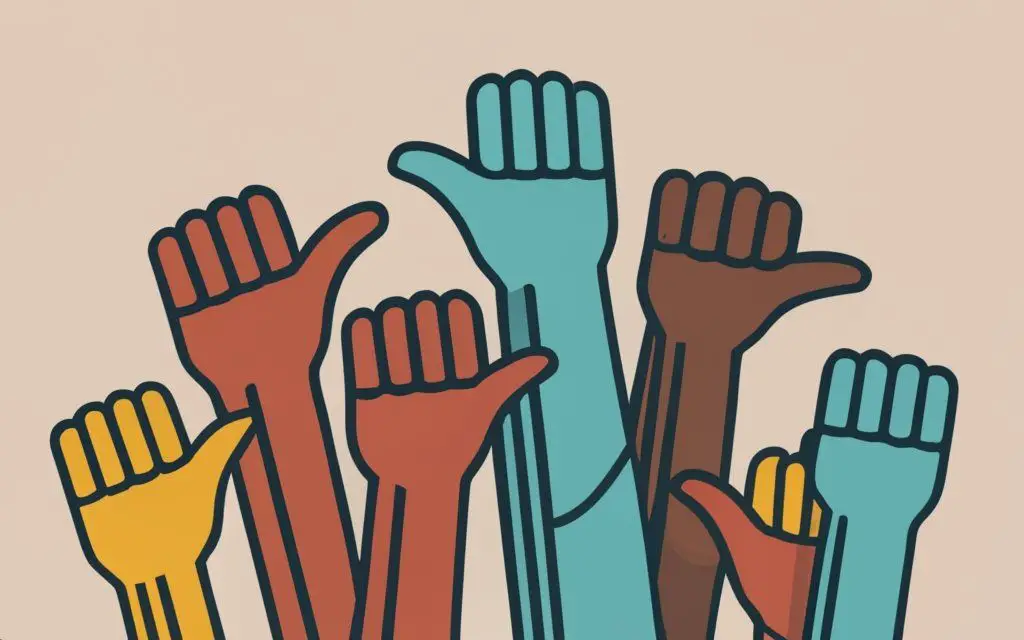
Conclusion
Servant leadership transcends sectors and geographies. Whether a school principal or an airline CEO, the emphasis remains on service.
As leadership paradigms shift, it’s evident that authentic leadership lies in lifting others.



